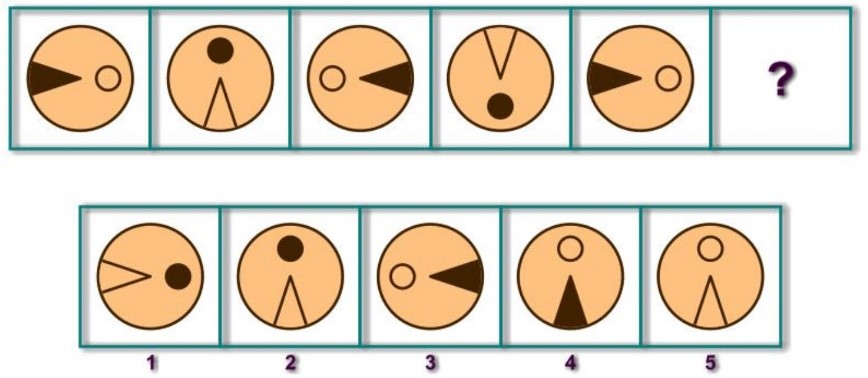

Figure 1 presents an overview of the constructs to be discussed, examples of indicators by which they can be measured, and their relations as postulated by the three theories.Įngle (2002) hypothesized that WMC “is about using attention to maintain or suppress information” (p.
#HYPOTHESIS OF A DIGIT SPAN MEMORY TEST HOW TO#
We next review the three theoretical views on how to characterize WMC as an individual-differences construct: The executive-attention view of WMC (e.g., Engle, 2002), the primary-memory/secondary-memory view ( Unsworth and Engle, 2007b), and the binding hypothesis ( Oberauer et al., 2007 Oberauer, 2009). This research has three interlinked aims We evaluate the validity of several task classes for measuring WMC we test three theories of the nature of WMC and we study predictions concerning the relation of WMC with other cognitive constructs. We investigate the relationship between complex-span performance to other indicators of WMC and related constructs. In this article we argue for a broader perspective on WMC as an individual-differences construct. Unsworth and Engle, 2007a Barrouillet et al., 2011 Oberauer et al., 2012). As a consequence, much recent theorizing about what underlies individual differences in WMC has focused-perhaps too narrowly-on the complex span task class (e.g. Many studies of individual differences in WMC measure this construct exclusively through one or several variants of complex-span tasks.

The best known and most frequently used class of tasks for measuring WMC is probably the complex span paradigm ( Daneman and Carpenter, 1980 Conway et al., 2005). Various indicators have been developed to capture individual differences in WMC over the last 30 years. Our aim is to achieve a better understanding of this construct, its measurement, and its relations to other ability constructs. In this paper we use working memory to refer to a hypothetical cognitive system responsible for providing access to information required for ongoing cognitive processes, and we use working-memory capacity (WMC) to refer to an individual differences construct reflecting the limited capacity of a person's working memory. The terms working memory and working memory capacity are used with different meanings in a broad range of research fields.
#HYPOTHESIS OF A DIGIT SPAN MEMORY TEST UPDATE#
The findings support the hypothesis that individual differences in WMC reflect the ability to build, maintain and update arbitrary bindings. Results from structural-equation modeling show negligible relations of WMC with response-conflict resolution, and very strong relations of WMC with secondary memory and fluid intelligence. Confirmatory factor analyses support the concept of a general WMC factor. Data from 270 subjects were used to examine the relationship between Binding, Updating, Recall-N-back, and Complex Span tasks, and the relations of WMC with secondary memory measures, indicators of cognitive control from two response-conflict paradigms (Simon task and Eriksen flanker task), and fluid intelligence. 3Department of Psychology, University of Zürich, Zurich, SwitzerlandĪ latent variable study examined whether different classes of working-memory tasks measure the same general construct of working-memory capacity (WMC).2Department of Psychology, Humboldt-Universität zu Berlin, Berlin, Germany.1Department of Psychology, University of Ulm, Ulm, Germany.Oliver Wilhelm 1* Andrea Hildebrandt 2 Klaus Oberauer 3


 0 kommentar(er)
0 kommentar(er)
